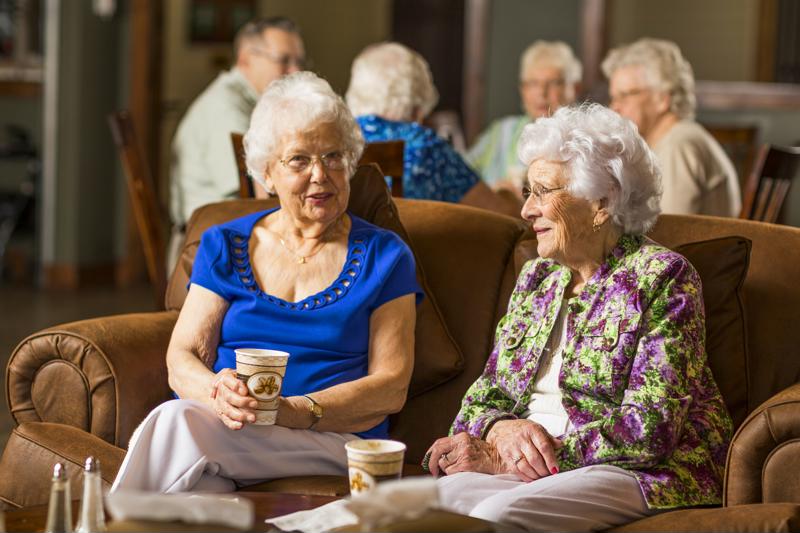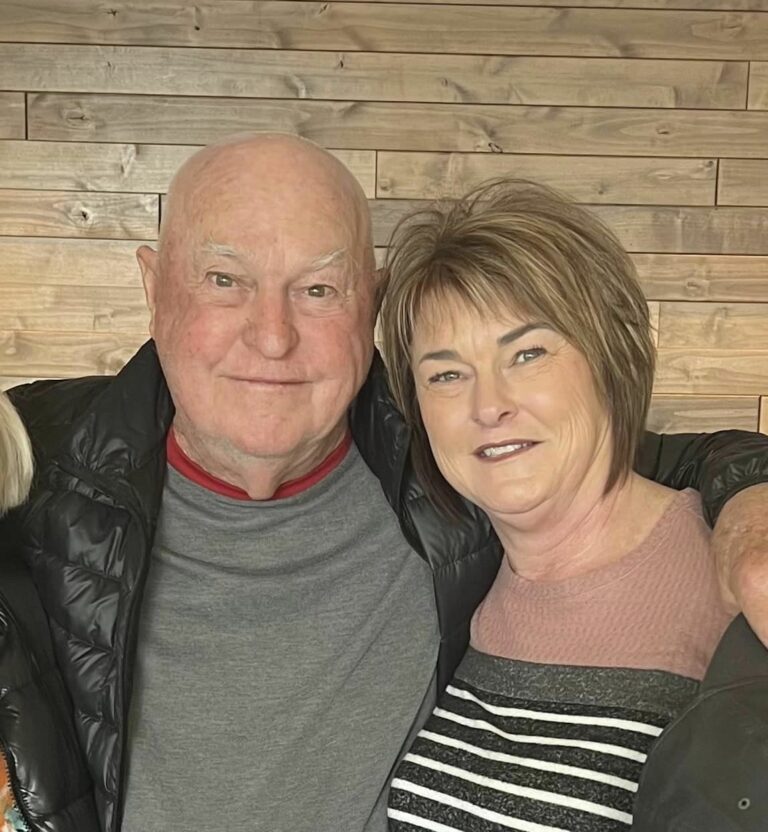
Whether helping a loved one move into an independent living community for the first time or moving them to a new location for higher care needs, the transition can be difficult for you and the senior. Many older adults don’t want to leave their homes, and warming up to an unfamiliar environment can cause anxiety. Make this change more smooth by making the retirement center feel comfortable and routine.
Find Senior Living Near Me
Here are four tips for turning a residence into a home:
1. Choose a location that emphasizes community
The relationship between the staff, residents, and the surrounding community is essential when choosing a retirement center. According to the 2013 U.S. Aging Survey, seniors prioritize staying connected with friends and family to live a fulfilling retirement lifestyle. Forty percent of seniors rate these relationships higher than having financial means. Remaining social is comforting, and it can boost seniors’ mental health. Striking up conversations, learning new things, and interacting with others help older adults stay mentally alert.
 Retirement communities provide many socialization opportunities.
Retirement communities provide many socialization opportunities.
When looking at different communities, note how friendly the staff and other residents are. Remember the following questions: Are residents and staff interacting with one another? Are there many seniors sitting by themselves? What group activities does this community offer? You’ll likely have a gut feeling about this feature of an assisted living retirement community. You’ll be warmly welcomed and at ease if it’s the right fit.
2. Arrange rooms to look like former home
Once you and your senior loved one have selected the perfect retirement community, you’ll have to transfer all their belongings to the new place. Before making the move, take pictures of each room in the former home. Then, once you start moving things into the new apartment, you can arrange items to reflect the style of your senior loved one’s previous house.
This can significantly help them transition their daily routines into the lifestyle provided at the retirement living center, and it’s significant for the bedroom. The bedroom is a private sanctuary, and disrupting it can lead to anxiety for your senior loved one. Arrange the bed, nightstand, and dresser close to the original setup.
3. Make new friends
After your loved one is all settled in, they can enjoy all the beautiful aspects of retirement living communities. Retirement community staff members understand that staying social and building relationships is important for seniors’ well-being and self-esteem – that’s why they provide so many opportunities for older adults to engage with one another. Encourage your senior loved one to sign up for a group exercise class, ask a friend to eat in the dining room, or invite neighbors to check out their new place.
“Visit your loved one as often as possible.”
4. Visit often
With all the chaos of change and adjusting to a foreign environment, your senior loved one will need all the familiarity they can get. While pictures and small mementos can help seniors relax, you should also make a point to visit your loved one in their new home as often as possible. Even just an afternoon lunch at the retirement community‘s dining room or a morning visit for coffee and catching up may be all that’s needed for them to know you’re still there, even if you can’t always be physically present.
According to HelpGuide.org, older adults may feel vulnerable or anxious upon moving to a retirement community, and talking about it can help. Visiting the new community will allow you to be available and sympathetic to your senior loved one. The adjustment may take time, so patience and understanding will go a long way.
Help your senior loved one cope with a move by making their retirement community feel like home.




